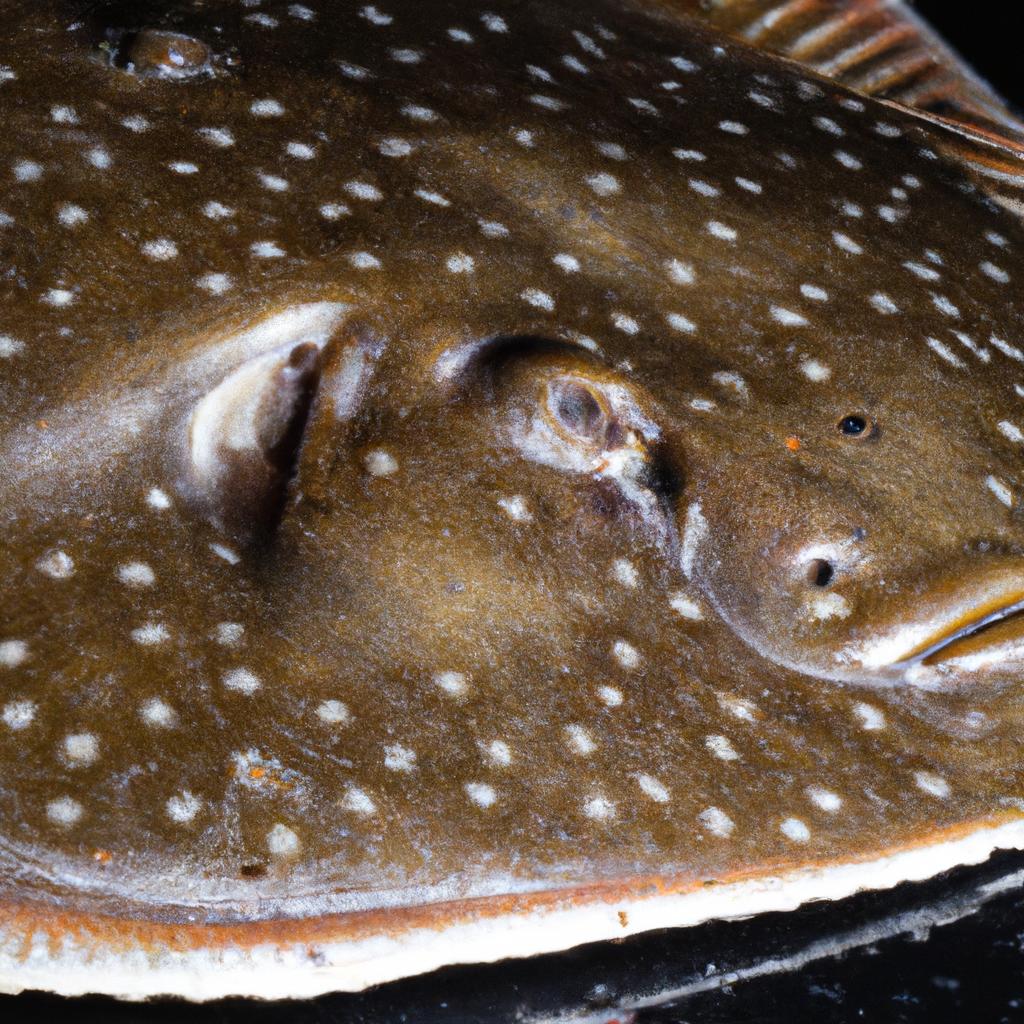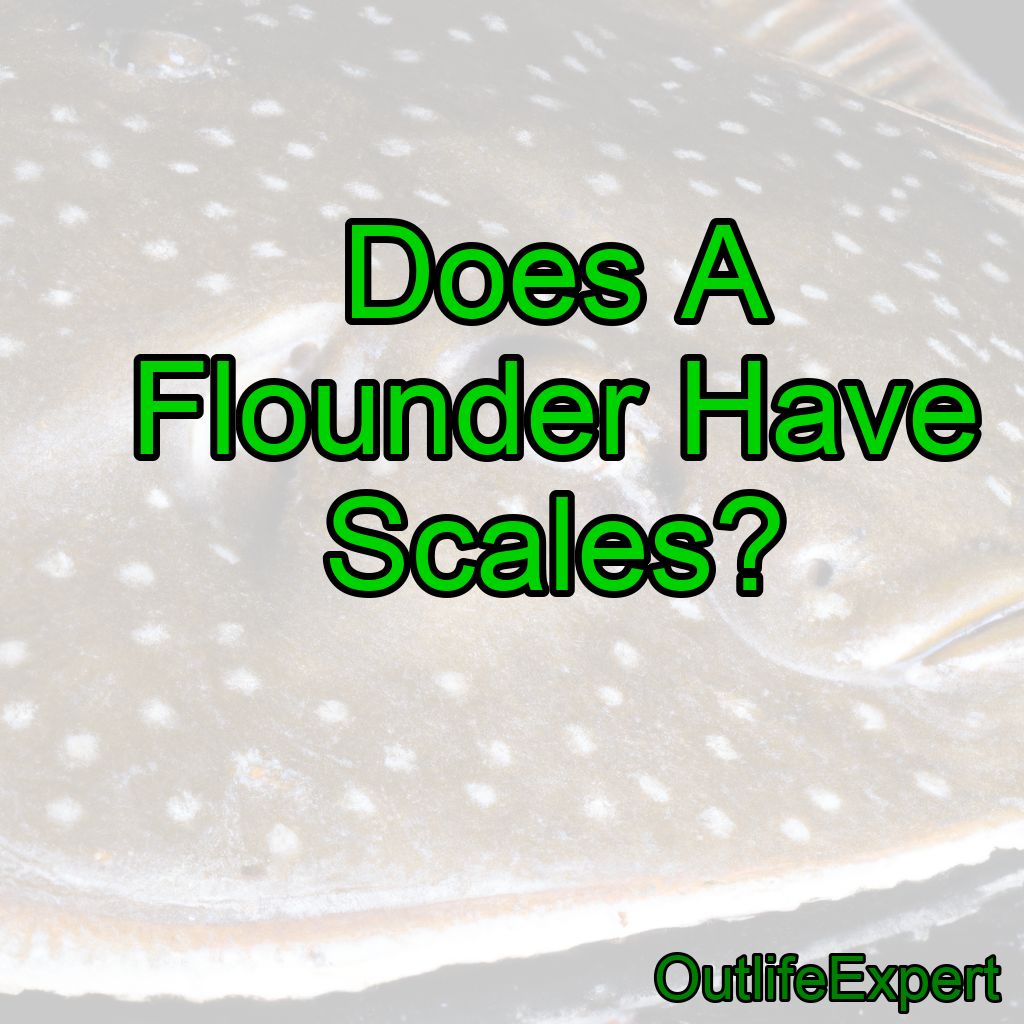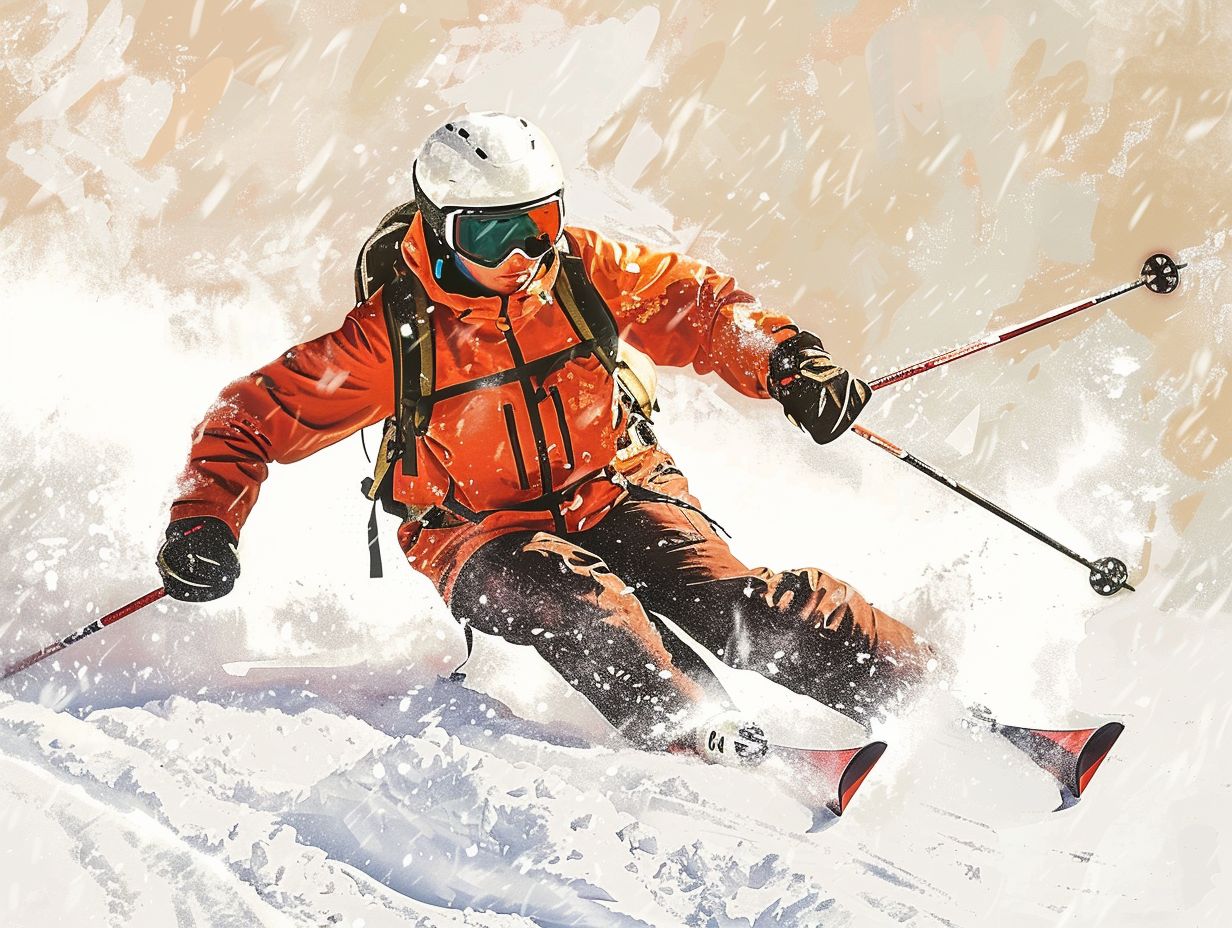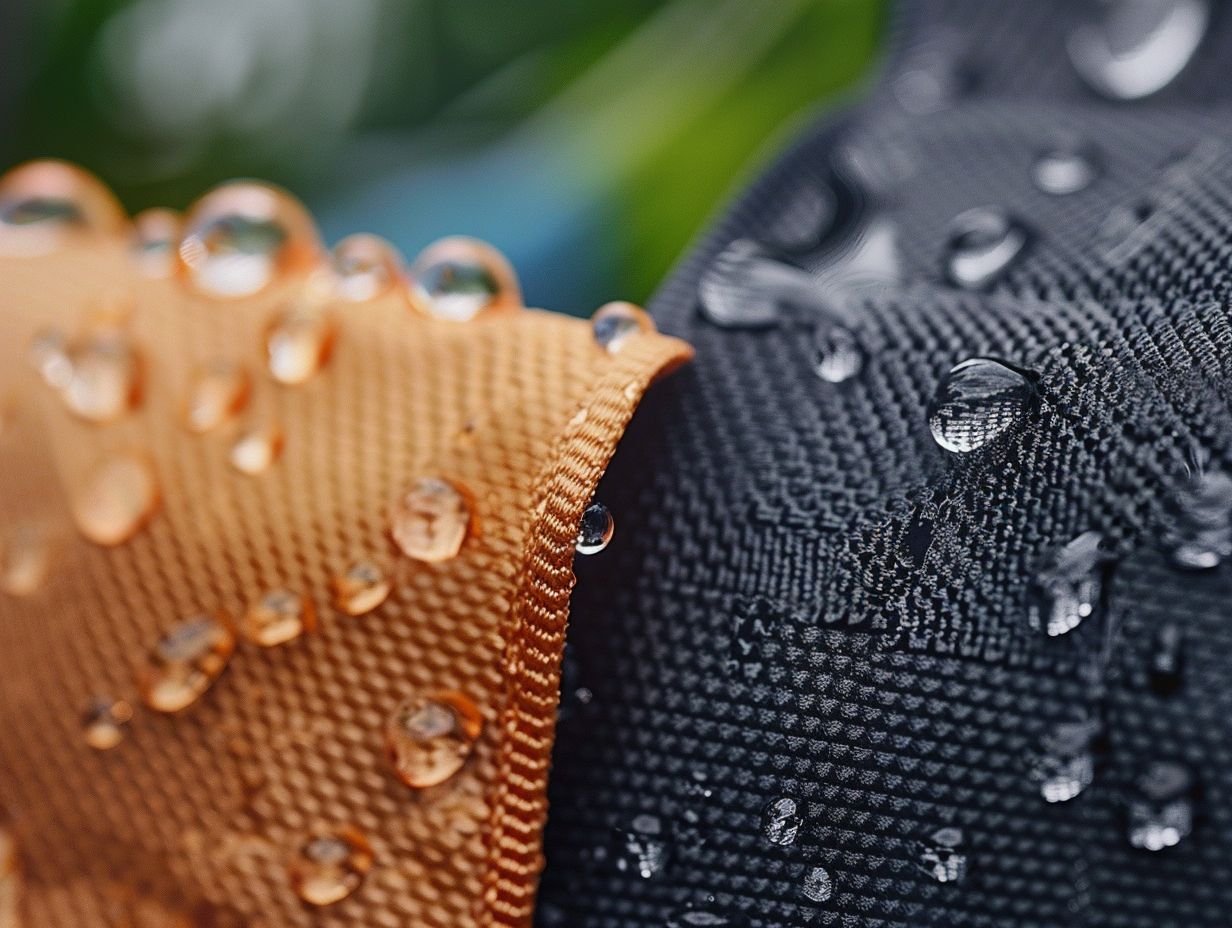Yes, flounders do have scales. However, the type and appearance of their scales are unique and different from other fish species. As a marine biologist, I’ve had the opportunity to study these fascinating creatures first-hand and observe the various adaptations that have allowed them to thrive in their environments. In this blog post, I will share my knowledge and personal experience with flounders and their scales, as well as the various aspects that make these fish so interesting.
The Unique Scales of a Flounder
Cycloid Scales
Flounders have cycloid scales, which are smooth and round with a concentric pattern. These scales do not have the spines or teeth found in other fish scales, making them less abrasive and more streamlined. Cycloid scales help flounders to glide smoothly through the water and avoid attracting attention from predators.
Scales on Both Sides
Unlike most fish, flounders have scales on both their dorsal (upper) and ventral (lower) sides. This characteristic is quite rare among fish species and is a direct result of their unique body shape and lifestyle. The presence of scales on both sides of their body offers added protection against predators and environmental factors.
Flounder Camouflage
Color-changing Abilities

One of the most fascinating aspects of flounders is their ability to change color and pattern to blend in with their surroundings. This incredible camouflage capability is made possible by specialized cells in their skin called chromatophores. These cells contain pigments that can expand or contract, allowing the flounder to change color and pattern almost instantly.
Invisible Scales
The scales of a flounder play a significant role in its camouflage abilities. Flounder scales are translucent, making them nearly invisible against their background. This feature allows them to blend in even more effectively with their surroundings and avoid detection by predators.
Flounder Anatomy and Habitat
Flat Body Shape
Flounders have a unique, flat body shape that sets them apart from other fish species. This adaptation allows them to lie flat on the ocean floor and remain virtually undetectable. Their flattened body shape also enables them to bury themselves in the sand or mud, with only their eyes protruding above the surface.
Eye Migration
Another fascinating adaptation of flounders is the migration of one eye to the opposite side of their head during their development. This anatomical change allows both eyes to be on the same side, facing upwards, making it easier for them to spot predators and prey while lying on the ocean floor.
Benthic Lifestyle
Flounders are benthic creatures, meaning they live on or near the ocean floor. Their flat body shape, eye migration, and incredible camouflage abilities are all adaptations that have allowed them to thrive in this environment. They are commonly found in coastal areas, estuaries, and shallow waters, where they feed on a variety of small fish and invertebrates.
Flounder Species and Distribution
Wide Distribution
There are over 500 species of flounder, which can be found in various marine environments worldwide. They inhabit both warm and cold waters and can be found in depths ranging from shallow coastal areas to depths of over 1,000 meters.
Right-eyed and Left-eyed Flounders
Flounders can be categorized into two main groups based on the side of their head where their eyes are located: right-eyed and left-eyed flounders. The placement of their eyes is determined by the direction in which their eye migrates during development. While this may seem like a minor difference, it can have a significant impact on their behavior and habitat preferences.
Conclusion
In conclusion, flounders do have scales, but their unique, translucent cycloid scales help them blend in seamlessly with their surroundings. These fascinating fish exhibit a range of incredible adaptations, including their flat body shape, eye migration, and color-changing abilities, which have allowed them to thrive as benthic creatures in various marine environments. Here are ten amazing facts about flounders and their scales:
1. Flounders have cycloid scales that are smooth and round.
2. Their scales are present on both their dorsal and ventral sides.
3. Flounders can change color and pattern to blend in with their surroundings.
4. Their scales are translucent, making them nearly invisible.
5. Flounder have a unique, flat body shape that helps them lie undetected on the ocean floor.
6. One of their eyes migrates to the opposite side of their head during development.
7. They are benthic creatures that live on or near the ocean floor.
8. There are over 500 species of flounder found worldwide.
9. Flounders can be categorized as right-eyed or left-eyed based on their eye placement.
10. Flounders inhabit a variety of marine environments, from shallow coastal areas to depths of over 1,000 meters.
FAQs
How do you clean flounder for baking?
To clean flounder for baking, rinse the fish under cold water and pat dry. Use a sharp knife to make a shallow cut along the belly of the fish and remove the guts and any other organs. Rinse the inside of the fish again and remove the head if desired.
How do you remove scales from flounder?
To remove scales from flounder, use a scaler or the back of a knife to gently scrape the scales off the skin, starting from the tail and moving towards the head. Rinse the fish under cold running water to remove any loose scales.
Does flounder have fins or scales?
Flounder have both fins and scales.
What fish do not have scales?
Some examples of fish that do not have scales are catfish, eels, and lampreys.
Can you cook flounder with the scales on?
No, it is not recommended to cook flounder with the scales on as they are tough and unpleasant to eat. It is best to remove the scales before cooking.
Can you eat flounder with skin on?
Yes, you can eat flounder with the skin on. However, some people prefer to remove the skin before cooking or eating it. The skin is edible and can add flavor and texture to the dish. It is important to ensure that the skin is properly cleaned before cooking.





